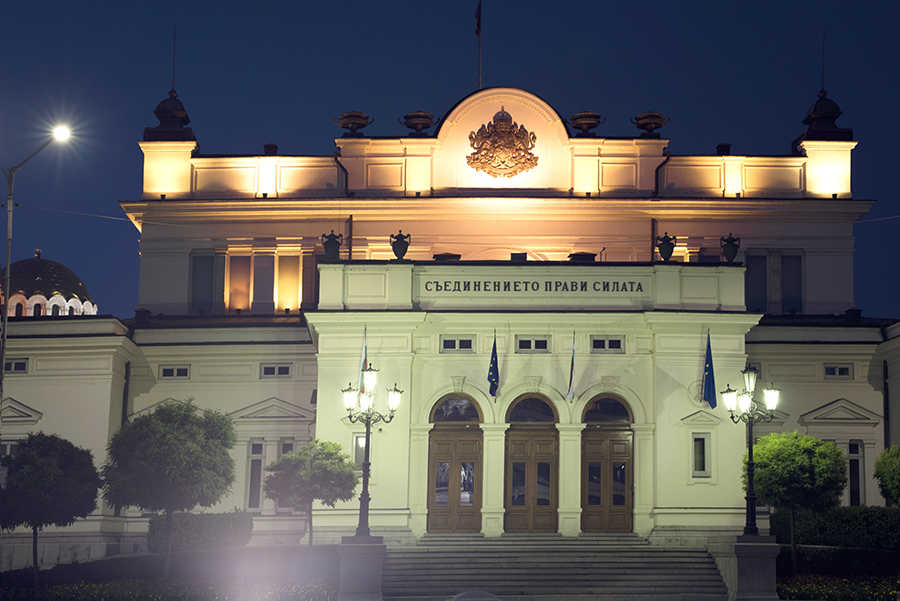
The building of the supreme legislative body of Bulgaria - the National Assembly - was built in the period between 1882 and 1927, in three stages.
The central body with the main entrance from the “Narodno Sabranie” Square was built during the first stage. It was designed by architect Konstantin Jovanović, a Bulgarian who lived and worked in Austria and Serbia before the Liberation.
The building was officially consecrated on November 25, 1884 in the presence of Prince Batemberg, Patriarch Clement and Prime Minister Stambolov.
In the first years after its completion, besides for parliamentary sessions, it was used for celebrations of some important public events, concerts and exhibitions.
Later in 1896 -1899, architect J. Milanov built the two-storey northern wing.
In 1925, architect P. Koichev began the construction of the three-story wing, which houses the lobbies, the MPs’ offices, the archive and the library of the National Assembly. With this the building was finally completed and shaped also from the "St. Alexander Nevski" Square.
The interior of the National Assembly building is very rich in architectural and artistic synthesis. Facing materials and furnishing were imported from Austro-Hungary. The building is essential in the composition of the "Narodno Sabranie" Square. Architectural, construction and conservation-restoration works have been carried out repeatedly both on the facades and on the interior of the building. It is a historical, architectural and artistic monument of culture of national importance.






